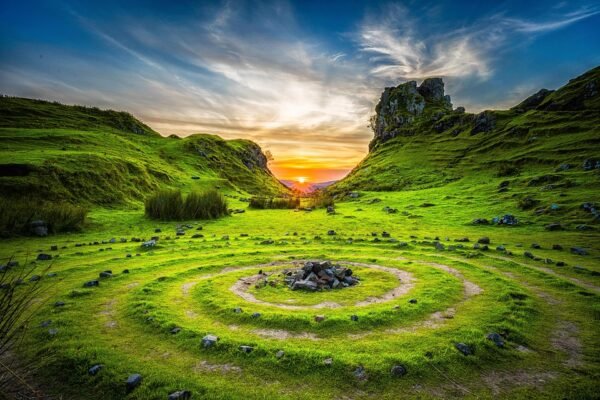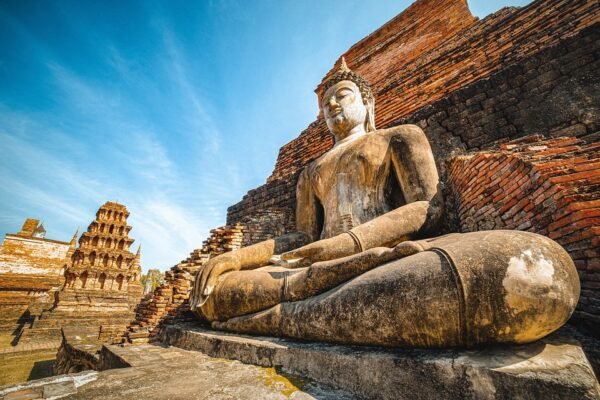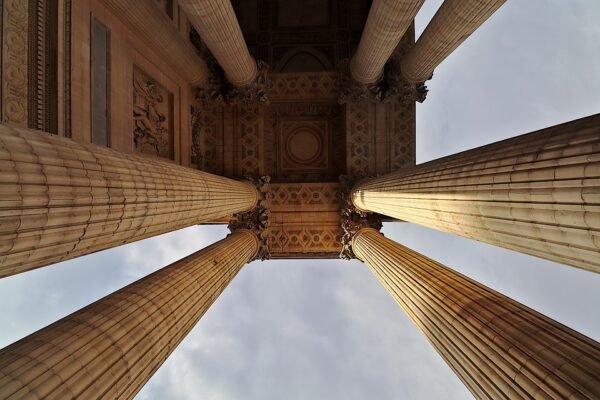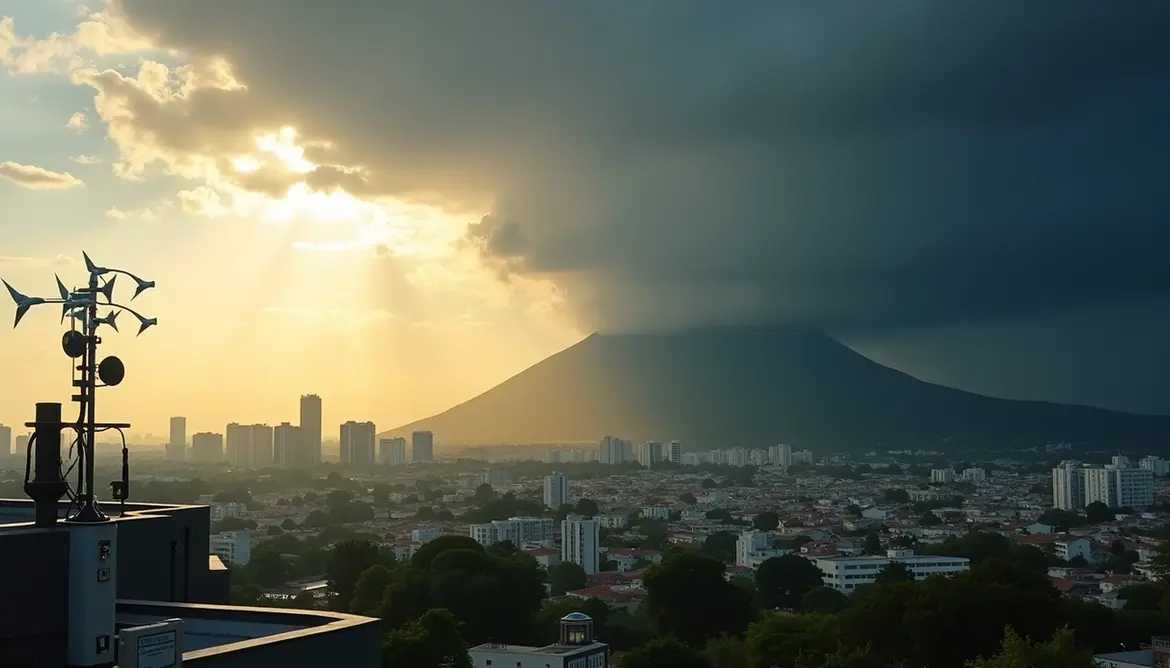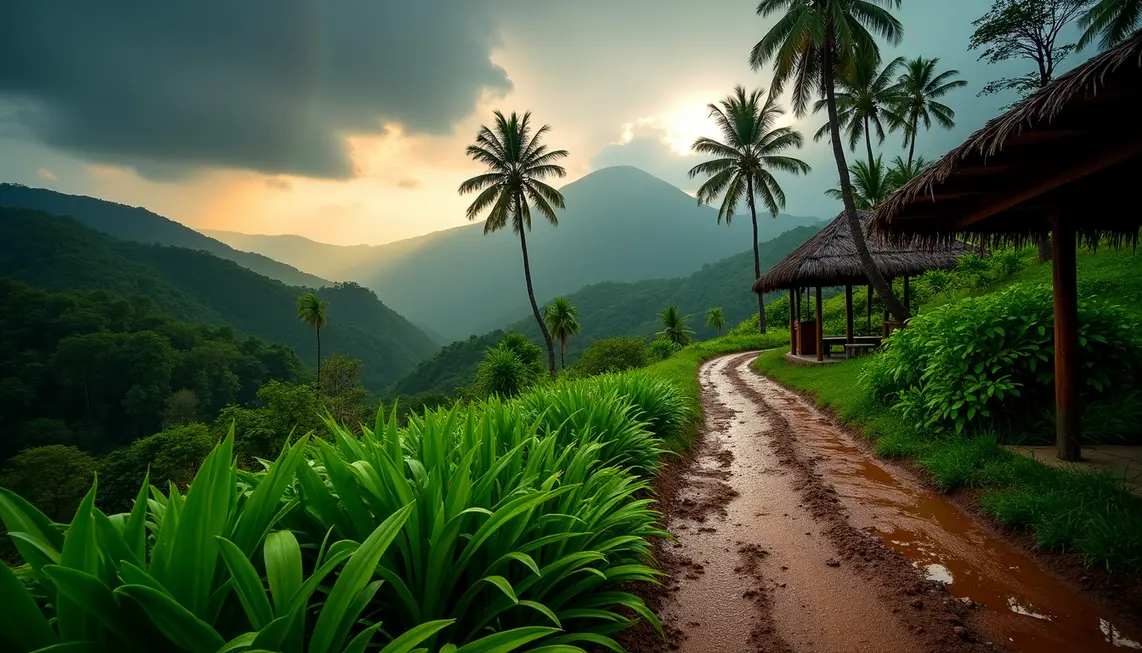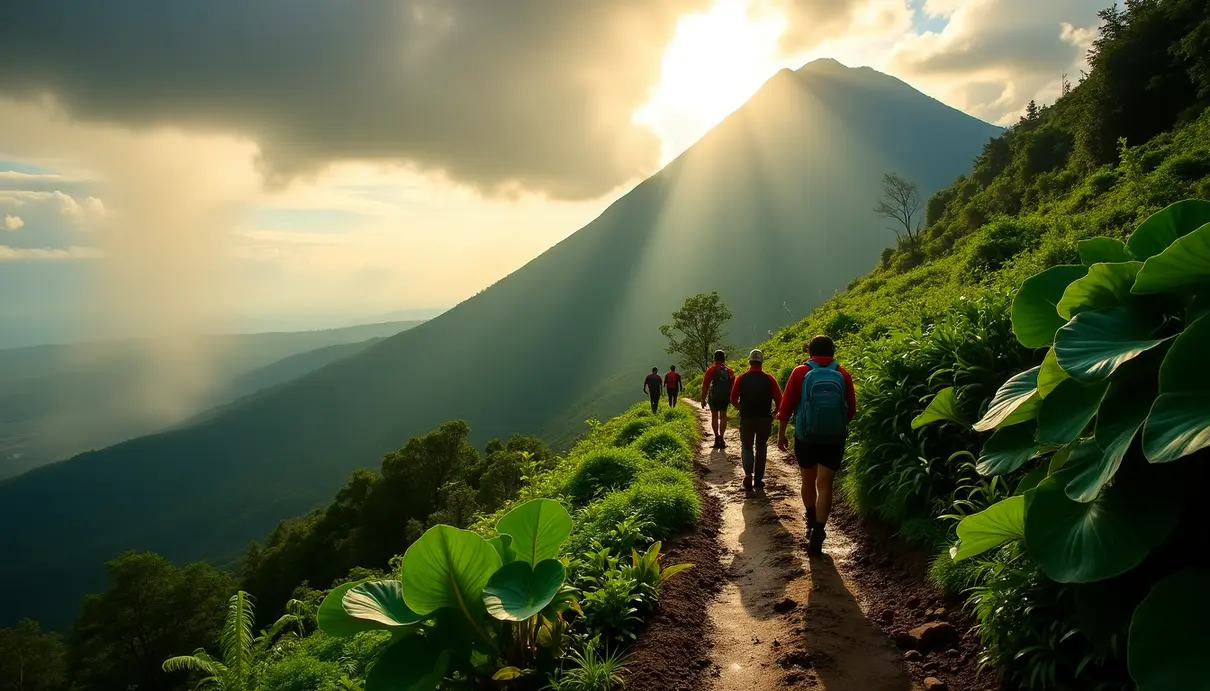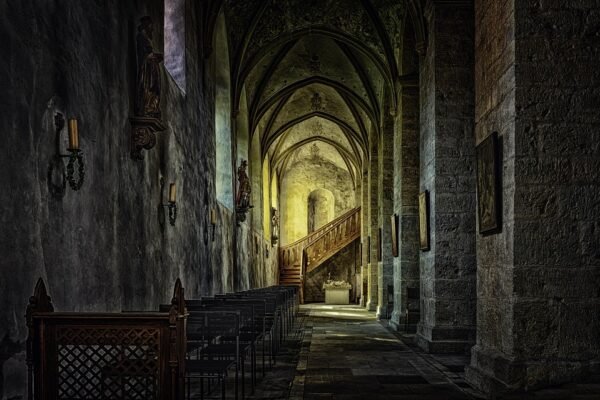
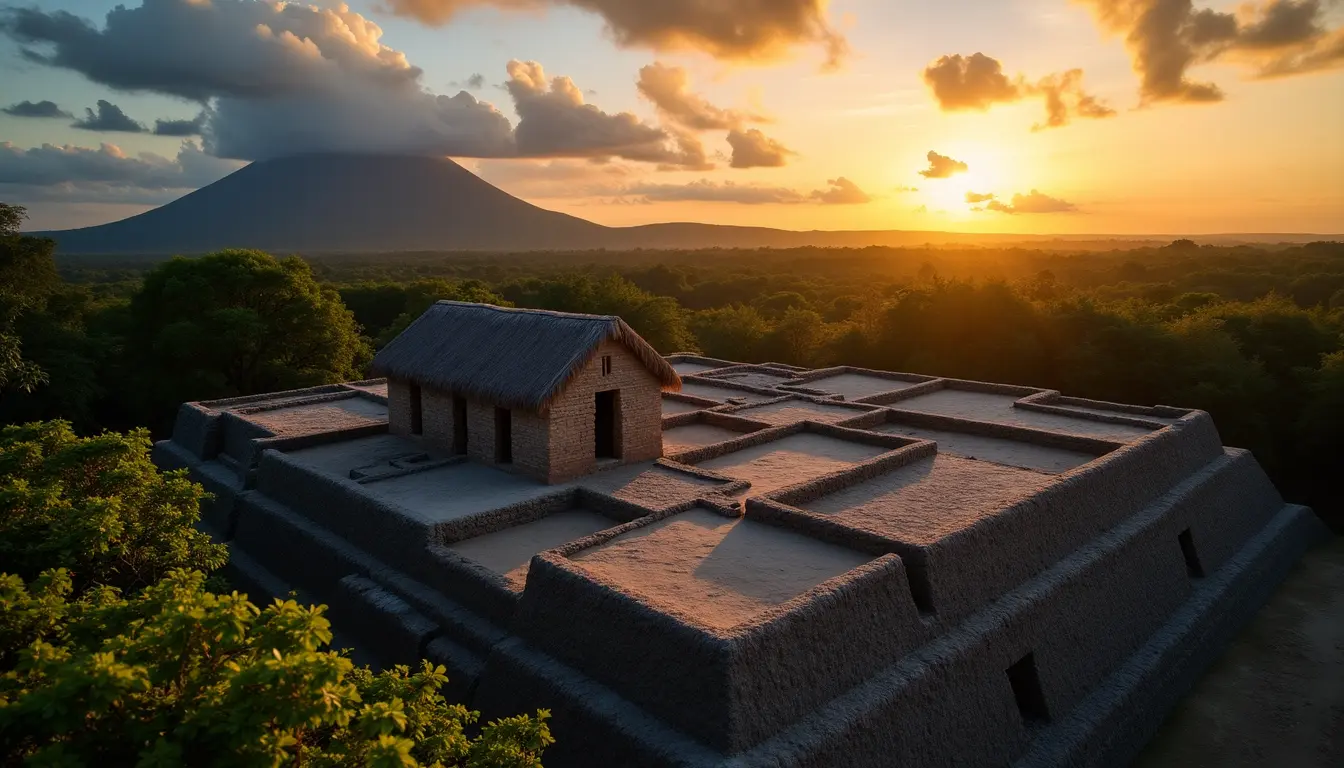
15 Ancient Historical Places in El Salvador to Visit in 2025
Joya de Cerén, El Salvador’s only UNESCO World Heritage Site, is often compared to Pompeii due to its exceptional preservation under volcanic ash since AD 600. When exploring historical places in El Salvador, Joya de Cerén is a must-see. The ancient ruins of San Andrés date back to 900 BC, while Ciudad Vieja was founded in 1528. Tazumal, with its 23-meter-tall pyramidal structures, and Cihuatán, a major Maya center, are also worth visiting.
These historical sites offer insights into El Salvador’s captivating past, showcasing the country’s ancient civilizations and colonial history. From perfectly preserved pre-Hispanic farming communities to magnificent ceremonial complexes, each site tells a unique story of the people who once inhabited them.
Joya de Cerén, known as the ‘Pompeii of the Americas,’ provides a fascinating window into pre-Columbian Maya farming life. Preserved under 10 meters of volcanic ash from the Loma Caldera eruption in AD 600, the site features well-preserved organic materials, including wooden beams and leftover food. The UNESCO World Heritage Site offers a unique perspective on how ordinary people lived.
Tazumal, another significant historical site, showcases the advanced engineering skills of the Maya. The main structure, a stepped pyramid, towers 24 meters high and displays intricate architectural progress through different construction phases. The site also reveals trade networks that extended to Mexico and Panama, with valuable artifacts like a seventh-century flask and gold ornaments.
San Andrés, a powerful Maya capital between 600 and 900 AD, provides insights into ancient Maya political and ceremonial life. The settlement ruled over other communities in the Zapotitán Valley and maintained strong ties with Copán and the Guatemalan Highlands. The site’s architectural highlights include a Grand Plaza and an Acropolis Complex with ceremonial and political buildings.
Cihuatán, the largest pre-Columbian city between Guatemala and Peru, offers a glimpse into post-Classic Maya urban life. The city features monumental core areas, residential platforms, and Acropolis structures. Archeologists have found ceramic figures of gods and unique wheeled figurines, indicating strong cultural ties to Central Mexico.
Other historical sites like Casa Blanca, Las Marías, Quelepa, and Huiscoyolate also contribute to El Salvador’s rich cultural heritage. These sites feature unique architectural elements, ceremonial complexes, and archaeological discoveries that shed light on the region’s diverse history.
In conclusion, exploring the historical places in El Salvador is a journey through time, offering a deeper understanding of the country’s ancient civilizations and colonial legacy. From well-preserved ruins to intricate artifacts, each site contributes to the tapestry of El Salvador’s cultural heritage, inviting visitors to discover the stories of the past.

